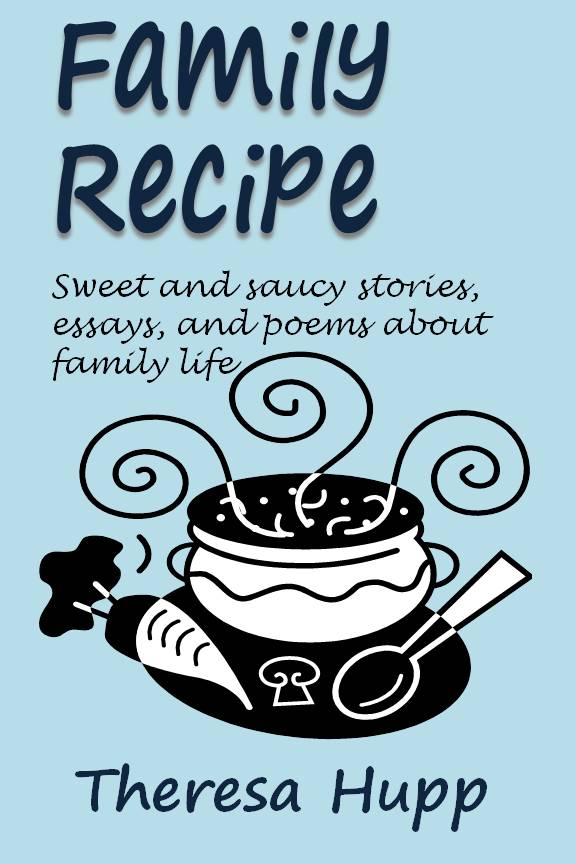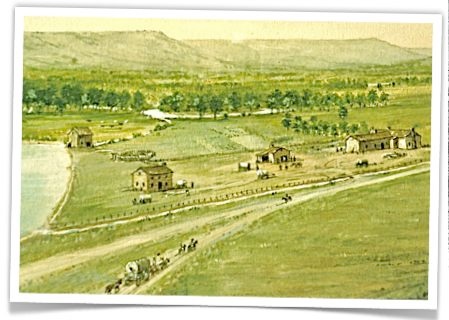I’ve been asked to participate in an Author’s Blog Chain this week, which gives me the opportunity to tell you more about my writing.
Juliet Kincaid, a Kansas author and member of the local Sisters in Crime chapter, tagged me on her blog, Juliet Kincaid, Writer. Juliet has recently written a series of cozy mysteries featuring Cinderella, P.I., as well as January Jinx, the first book in her new series of historical mysteries set in Kansas City around 1900. These are all available on Amazon.com.
Please check out Juliet’s blog or follow her on Facebook to find out more about her writing.
This author’s blog chain asks me to answer four questions.
What are you currently working on?
I am currently editing my two novels on the Oregon Trail. I have edited the first novel pretty thoroughly, but it probably needs one more edit to slim it down a little. I am spending most of my time now on the second novel in this series, and I’m just part way through this re-write. I’m working hard with a critique group and I’m focusing on plot development.
There is a third novel in this series, but it is still in my head. I may also write a novella about two of the supporting characters in my Oregon Trail series.
 I also plan to publish another anthology of my short stories, essays, and poems this spring—a follow-up to my Family Recipe anthology published in 2012.
I also plan to publish another anthology of my short stories, essays, and poems this spring—a follow-up to my Family Recipe anthology published in 2012.
Meanwhile, last October, I published another novel under a pseudonym—a contemporary thriller. It is completely different from my Oregon Trail books.
How does your work differ from others in the same genre?
In my first Oregon Trail novel, which focuses on a wagon company traveling the trail in 1847, I tried to be historically accurate, down to where the emigrants camped each night. I relied on old diaries of real emigrants that year to determine how far they traveled, where they stopped, and what they did along the way. Some of them went on sight-seeing trips away from the wagons to avoid another boring day of walking the trail. Some of those day trips made their way into my novel.
 I used terrain maps to find the gullies and hills mentioned in the old diaries, but I’ve had to allow for the development of the land over the last 160+ years. Still, it is amazing how much one can learn from Google Maps! Many of today’s urban routes are still named “Emigrant Road” or some other designation showing that the pioneers passed that way.
I used terrain maps to find the gullies and hills mentioned in the old diaries, but I’ve had to allow for the development of the land over the last 160+ years. Still, it is amazing how much one can learn from Google Maps! Many of today’s urban routes are still named “Emigrant Road” or some other designation showing that the pioneers passed that way.
The second book in my series has a broader sweep—encompassing events from 1848 through 1850 in both Oregon and California. My challenge in this book has been to make sure my chronology depicts accurate times for letters to reach from one territory to the other. At the same time, I have to be careful not to bore today’s audience used to instant communication through emails and texts. What else can happen while I wait for one character to learn what the other has been doing?
My novels are suitable for any audience from high school through adult. They could be used as an adjunct to a high school level American history class, as well as (I hope) telling a good story.
Why do you write what you write?
I am in awe of the courage it took our ancestors to travel thousands of miles to unknown lands, hoping for a better life for themselves and their children. The challenges of the Oregon Trail have caught my imagination because I have lived at both ends of the trail—now in Missouri, but I grew up in Oregon and Washington. I have traveled the trail backwards!
 Growing up, my family took several day trips to the Whitman Mission over the years. The frightful massacre of Marcus and Narcissa Whitman and others at their mission scared me as a child. As I have researched and written these books on the Oregon Trail, I have discovered how complicated history can be when seen from multiple perspectives.
Growing up, my family took several day trips to the Whitman Mission over the years. The frightful massacre of Marcus and Narcissa Whitman and others at their mission scared me as a child. As I have researched and written these books on the Oregon Trail, I have discovered how complicated history can be when seen from multiple perspectives.
How does your writing process work?
The main characters in my novels have been in my head for over twenty years. But I find as I write their stories that they are not always who I thought they were. They put their own voices in my head, and sometimes move in directions I do not anticipate.
Because these books are historical fiction, I am bound by history. One of my main goals is to be historically accurate. But I also want to tell a good tale, to make my readers care what happens to these fictional emigrants.
When I began writing the first novel, I knew where and when in 1847 they left Independence, I knew when they would arrive at the Whitman Mission (before the Whitmans died), and approximately when they would arrive in Oregon. I knew the general route they took, but I had to make some decisions about particular short-cuts available in 1847—which route would they take?
Beyond that, I let the characters develop their conflicts. Some characters took over at certain points, and I let them run with it. Any time you put a group of people together, there is plenty of conflict!
For the second book, kind of like Forrest Gump, I had certain places I wanted one of my characters to be at a certain time—like when gold was discovered in California in 1848. I am working the plot around those incidents, but it is still a work in process. Sometimes it’s easy to set the chronology, and other times I have to really work at it.
* * *
Thank you for taking the time to read about my forthcoming novels. I’ve been blogging about them for two years now. Someday they will be ready for prime time, and you will be the first to know.
I am tagging another author to continue this author blog chain—Beth Lyon Barnett, author of another historical novel, Jazz Town, who blogs at Beth’s Everything Blog. I know she is hard at work on her second novel, and I hope she will tell you about it soon. Hop over to her blog to find out more about her work.




Theresa,
As I have told you, I enjoy reading your posts. I have enjoyed you sharing information regarding the Oregon Trail as you do your research. My interest has been in the history of this era. I never realized that I had any familial link to some of this history.
Just in the last few weeks I learned of a piece of family history related to the Oregon Trail that I had not heard before. The Wm. Alexander Ward family are distant relatives (his mother, Nancy Turk Mitchell Ward, was the sister of my great, great, grandfather). Near Middleton, Idaho, in 1854, 18 people were killed in an attack including 8 members of the Ward family. It is known as the Ward Massacre.
I just thought you might find that interesting and wanted to share.
Darrell
Very interesting, Darrell.
I had run across reference to the Ward Massacre as I researched, but didn’t really look into it, because it happened after 1847.
I do appreciate your reading the blog,
Theresa
Thanks for a great blog, Theresa. It’s always fun to look into the head of another writer.
Thanks for reading, Sally!